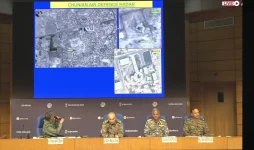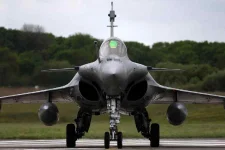- Views: 1K
- Replies: 13

The recent rollout ceremony of Pakistan's 'Haider' tank, hailed as the nation's new Main Battle Tank, aimed to project an image of modernized defence capabilities. However, documents obtained by ThePrint reveal a more complex and troubled backstory.
The 'Haider' stems from a 2017 order of 176 VT-4 tanks from China's Norinco, an effort to replace Pakistan's outdated tank fleet. This move came after the failure of Pakistan's attempt to develop its own Al-Khalid II MBT, a successor to the troubled Al-Khalid I, which itself was heavily based on older Chinese designs.
Initial trials of the imported VT-4 exposed significant problems. Pakistan, facing economic challenges and disappointed by the tanks' performance, initially expanded the VT-4 order to 300. But reports of faulty hulls and dimension discrepancies in the received tanks cast doubt on the VT-4's overall dependability. This resulted in the order being scaled back.
In a bid to salvage the situation, Pakistan licensed local production of the VT-4 under the 'Haider' moniker. Pakistani Army officials claim the 'Haider' features improved electronics and fire control compared to the older Ukrainian T-84 Oplot-T tanks in their inventory.
Questions of Capability
Industry experts and Chinese sources suggest that the VT-4 is a downgraded export model, lacking the advanced features of China's own frontline tanks. Concerns persist about the 'Haider's' armor protection compared to the latest offerings from Russia and the West.The fanfare surrounding the 'Haider' tank obscures a history of setbacks and compromised capabilities. Pakistan's ongoing reliance on imported Chinese technology, particularly within its armored divisions, highlights the challenges it faces in achieving true self-sufficiency in its defence industry.


